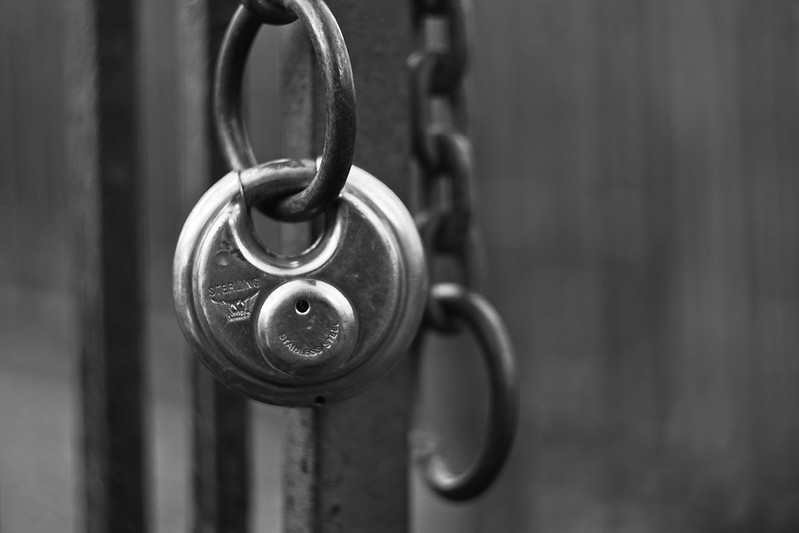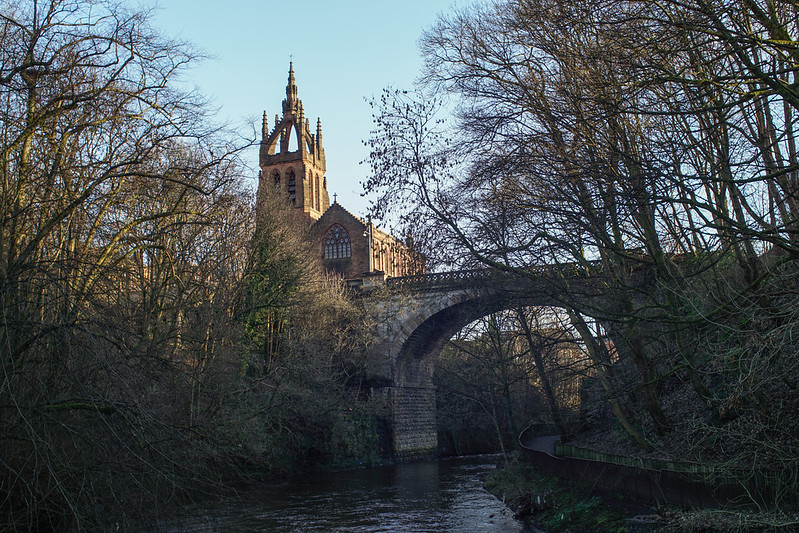baxters
Veteran Member
Thanks, nigbat for posting your comparison. My shots confirm what you see.
This is with a 50mm f1.8 lens, wide open, compared to an un-named focal reduce, probably an RJ or Roxsen model. Since I am using M43, I get a 2X crop. Effective focal length of 70 mm and light gathering of F1.4?
The newer Zhongyi is much better. Subject was a bookshelf from 5 feet. As



Lastly Lens Turbo compared against Panasonic 25mm f1.7 in the Center, with Panasonic lens repositioned. Both lenses wide open.

For me, the Lens Turbo is going to be my choice from now on. It's also better made than my other one.
By the way, I don't have any good 28mm legacy lenses, and the mediocre ones I own just get worse on a focal reducer, so a nifty 50 adapter to a fast 70mm equivalent on M43 is as low as I go. I expect the adapter will work well with my longer lenses/
And yes, I do have some photos I like that were taken with the RJ focal reducer, where the edges didn't matter, so it wasn't a purchase I regret.
This is with a 50mm f1.8 lens, wide open, compared to an un-named focal reduce, probably an RJ or Roxsen model. Since I am using M43, I get a 2X crop. Effective focal length of 70 mm and light gathering of F1.4?
The newer Zhongyi is much better. Subject was a bookshelf from 5 feet. As



Lastly Lens Turbo compared against Panasonic 25mm f1.7 in the Center, with Panasonic lens repositioned. Both lenses wide open.

For me, the Lens Turbo is going to be my choice from now on. It's also better made than my other one.
By the way, I don't have any good 28mm legacy lenses, and the mediocre ones I own just get worse on a focal reducer, so a nifty 50 adapter to a fast 70mm equivalent on M43 is as low as I go. I expect the adapter will work well with my longer lenses/
And yes, I do have some photos I like that were taken with the RJ focal reducer, where the edges didn't matter, so it wasn't a purchase I regret.
Last edited:
















